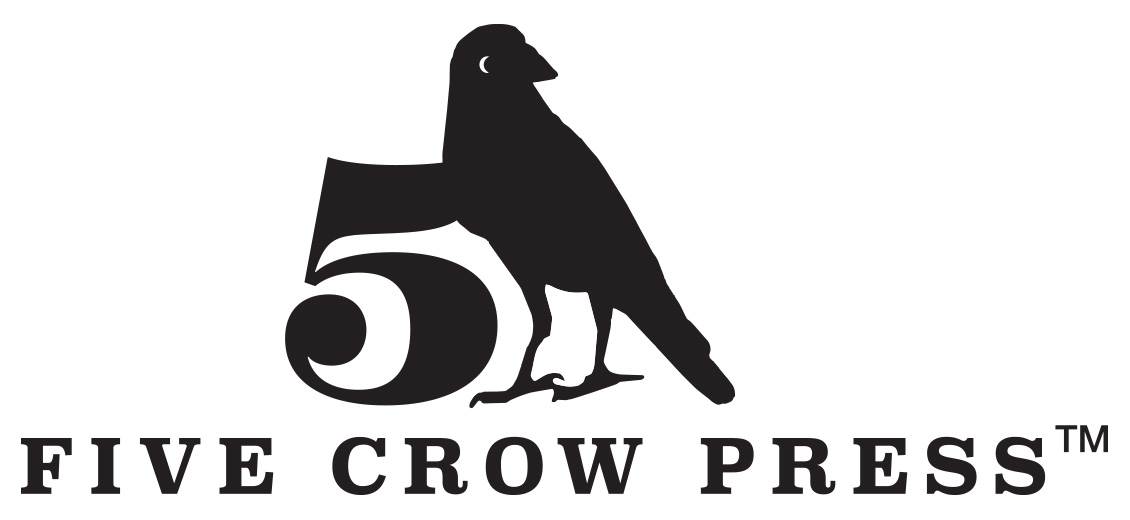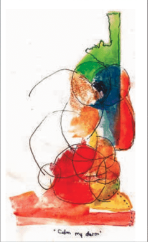It doesn’t matter how prepared you think you are. How much you know it can’t go any other way. How long you’ve had to say goodbye or whether the loss came without warning.
It is a gut punch, a shock like no other when someone close to you dies. This is an experience every human has had or will endure at some time in their life. And, as hard as we try, there is literally nothing we can do to prepare ourselves to the extent that it doesn’t knock us off our rails—at least for a little while.
The Stages
Although the stages of grief first identified by Elizabeth Kubler Ross in her iconic book On Death and Dying (Scribner, 1969) give us some decent mile markers, what nobody tells us (or maybe they tried, but it’s hard to really understand this particular kind of turbulence until you’re in it), is that grief is a sneaky bastard. Sadly, those words aren’t Kubler-Ross’s. They are mine.
It doesn’t march in straight lines, progressing from stage to stage, with a sense of order you can predict and prepare for, even if you did read the books. No. It zigs and it zags, tosses you back and forth, moves you forward and then yanks you back to its abysmal beginning. Fresh grief is like the jerkiest of roller-coasters, an emotional whipping like none other. While the bleak landscape of grief looks and feels different for everyone (hint: be patient with yourself), getting your arms around the more “common” stages of early grief—shock, fight, and acceptance—will help you at least to build a frame to beat your head against.
Shock.
The first moments of grief—when a loved one has just drawn their last breath—is often a weird kind of numbness, something akin to a deep gash with a sharp knife. You feel almost nothing at first, but then you think, “wow. This is really about to hurt. Sometimes it is a day or two later that this numbness and disassociation settles in. While this numbness is thought to be a protective mechanism, it actually may feel more like the old-time cartoon character who gets shot through the midsection with a cannon ball, looks at the hole, then at the camera and shrugs. Because there’s no way for the mind to really handle the reality of the loss, this stage called shock can bounce from numbness to physical pain or even nausea, to a feeling of disbelief. Like when you wake up and forget for a moment that it happened, then reality crashes in. According to Kübler-Ross, who served for decades as a pivotal researcher in the study of grief, “Shock provides a buffer against the emotional trauma of loss, giving yourself time to gradually absorb the reality of your feelings” (Kübler-Ross, 1969).
During the shock phase (which may come and go for a while) surround yourself with people who will support you gently—either by just sitting quietly with you or by listening without trying to “fix” the situation with platitudes (they’re the worst). The gentle support of presence and listening can really help you start to build a bridge across the emotional chasm between “before” and “after.”
Fight.
We’ve all done it. When the anger about what has happened is just too much to contain, it’s hard not to lash out. As the shock and numbness begin to wane, even temporarily, the first feeling to rush back in is often pure, unadulterated anger. Sometimes, because we are conditioned from an early age that it’s bad to be angry, we may try to push this feeling back into its box, calling it “frustration” instead. Nope. It’s anger, plain and simple—and that’s OK. Sometimes fight can show up as relentless research, trying to the answer to the eternal why that more than likely has no answer (and if it does, it’s likely going to be unsatisfying). You may be just damned mad about the loss—or even at the loved one who has left you. And even though this last one may feel particularly crappy and wrong, you need to know that’s OK, too. As Dr. J. William Worden, a renowned grief therapist, points out in his book, Grief Counseling and Grief Therapy: A Handbook for the Mental Health Practitioner (Springer Publishing Company, 2009), “it is normal to feel anger over the loss. It is essential to allow this anger to unfold rather than suppress it” (Worden, 2009).
So how do you do that? What are you supposed to do with all that anger boiling away inside you with no place to go? There are plenty of unhealthy outlets to be sure, but they’re probably only going to make matters worse. Your best bet is to channel that powerful emotional mojo into physical exercise, scribbling out your fury in a journal, or some other creative pursuit that is compelling enough to allow you to get carried away (safely) from the pain that is driving that big ball of anger. When navigating the loss of my wife Judy to glioblastoma, sometimes the anger was unbearable. Often the only relief I could get from it was journaling. I took my journal everywhere and when the anger built up, I poured it out on the page until I could feel the rage inside me start to wane. Also a fan of journaling, Dr. Alan Wofelt, author of Understanding Your Grief: Ten Essential Touchstones for Finding Hope and Healing Your Heart (Companion Press, 2003) notes: “By writing down your thoughts and feelings, you can better understand your grieving process and empower your healing” (Wolfelt, 2003).
Accept Your New Normal
As much as you don’t want to, as much as you want to refuse to consider that your life has now changed forever, as much as you can’t even allow yourself to consider a life without the person you’ve lost, there will come a time when this inevitable reality starts to settle around you. The important thing to know about this that stage is accepting the loss doesn’t mean forgetting or leaving behind the person who has died. You can still think about the person, celebrate the special memories that bring you to tears— and continue to move forward. As it turns out, memories are portable. They will travel with you wherever you go with your new normal. When you feel this starting to happen, and your mind begins to nibble at the idea that even if you don’t like it, you are going to have a “new normal,” you can take some comfort that your journey of healing is beginning. Or, as Wolfelt puts it, “Acceptance involves recognizing the reality of your loss while finding a way to continue living and emotionally reconnecting with your loved one’s memory” (Wolfelt, 2003).
Moving Forward
The thing to remember about moving forward is that it’s never in a straight line, or any kind of orderly progression. You may feel all settled in to your new normal one day—and wake up drowning in grief and mad as hell the next. The numbness that very much resembles the initial shock may return around important dates, anniversaries, holidays and the like—and then you may skip forward to thr elusive (if slightly uncomfortable) land of the new normal. The trick, as I see it, is to get good at checking in with yourself, have a tool kit ready and honed for each stage, and when you recognize it, take a moment (or as many as you need) to acknowledge and deal with it. This bouncing back and forth does subside, eventually, and one day in the future (timing is as individual as the grief) you’ll look around and realize you’ve managed to stay in the new place for longer and longer stretches.
It’s a jagged journey, friends, and an ultimate call to patience and giving yourself permission to grieve in your own time, style, and space.

